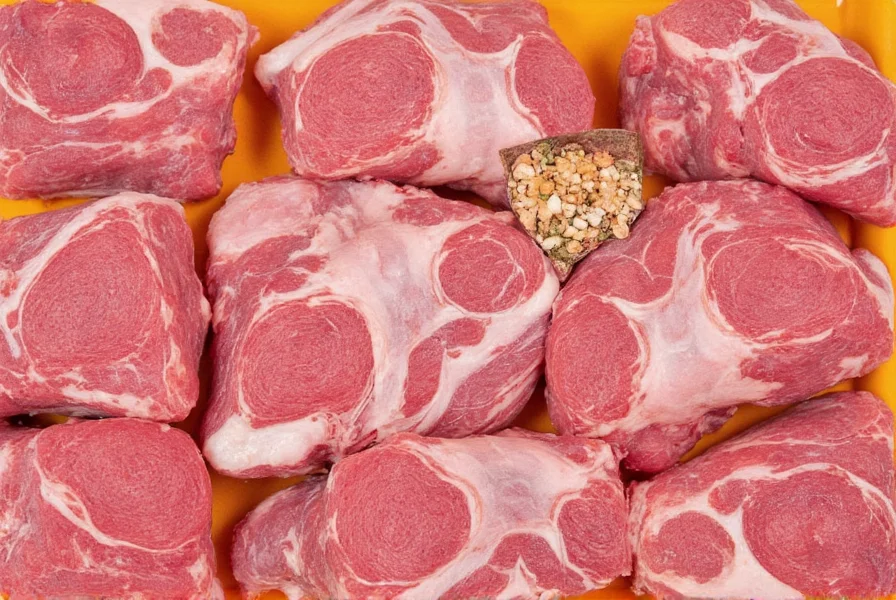Discover the most common dry pepper names with their heat levels, flavors, and culinary applications in this quick reference guide.
| Pepper Name | Heat Level (Scoville) | Flavor Profile | Common Uses |
|---|---|---|---|
| Ancho | 1,000–1,500 | Smoky, sweet | Mole, stews, enchiladas |
| Chipotle | 2,500–8,000 | Smoky, spicy | Chili, barbecue sauce, tacos |
| Cayenne | 30,000–50,000 | Sharp, fiery | Hot sauces, rubs, soups |
| Guajillo | 2,500–5,000 | Tangy, mild | Salsas, marinades, soups |
| Poblano | 1,000–1,500 | Earthy, mild | Stuffed peppers, salsas, chiles rellenos |
What Are Dry Peppers?
Dry peppers are fresh peppers dehydrated to intensify flavor and extend shelf life. They are typically rehydrated or ground for cooking, unlike fresh peppers used raw or cooked directly.
How to Choose the Right Dry Pepper
- Know your heat level: Use the Scoville scale—higher numbers mean hotter peppers.
- Match the flavor: Select peppers based on sweet, smoky, or tangy profiles for your dish.
- Consider texture: Some peppers are best ground, while others work whole or rehydrated.
- Start versatile: Beginners should try ancho or guajillo for balanced flavor and mild heat.
Cooking with Dry Peppers
- Rehydrate first: Soak dried peppers in warm water for 20–30 minutes before blending or cooking.
- Grind for spice blends: Use a spice grinder to make custom chili powders or garam masala.
- Add late for heat: Peppers like cayenne retain intensity when added near the end of cooking.
- Enhance sauces: Dried peppers add depth to mole, curries, and stews.
Buying Guide for Dry Peppers
Top Picks for Different Needs
- For Heat Lovers: Cayenne, Habanero, Ghost Pepper
- For Flavor Enthusiasts: Ancho, Guajillo, Pasilla
- For Smoky Flavors: Chipotle, Smoked Paprika
- For Everyday Cooking: Aleppo Pepper, Kashmiri Chilies
Product Highlights
- Ancho Chili Peppers (Dried): Rich smoky flavor. Ideal for mole, tamales, and slow-cooked dishes.
- Chipotle Peppers in Adobo Sauce: Smoked jalapeños with tangy heat. Perfect for chili and tacos.
- Cayenne Pepper (Ground): Intense sharp heat. Great for hot sauces and rubs.
- Smoked Paprika (Spanish): Vibrant color and smokiness. Essential for paella and roasted vegetables.

Frequently Asked Questions (FAQ)
Q: What's the difference between dried peppers and chili powder?
A: Dried peppers are whole or broken dehydrated chilies, while chili powder is a pre-mixed blend of ground dried peppers and other spices like cumin. You can make your own by grinding dried peppers alone or with complementary spices.
Q: Can I substitute one dried pepper for another in recipes?
A: Yes, but consider flavor and heat profiles. Replace guajillo with ancho for similar mildness (ancho is sweeter), or use chipotle instead of smoked paprika for more heat. Adjust quantities based on Scoville ratings.
Q: How long do dried peppers last, and how should I store them?
A: Stored in an airtight container away from light and heat, dried peppers maintain peak flavor for 6-12 months. For extended freshness, refrigerate or freeze them.
Q: Are dried peppers hotter than their fresh counterparts?
A: Yes, dehydration concentrates heat per gram. However, smaller quantities (e.g., a pinch of powder vs. a whole fresh pepper) make heat easier to control in recipes.










 浙公网安备
33010002000092号
浙公网安备
33010002000092号 浙B2-20120091-4
浙B2-20120091-4